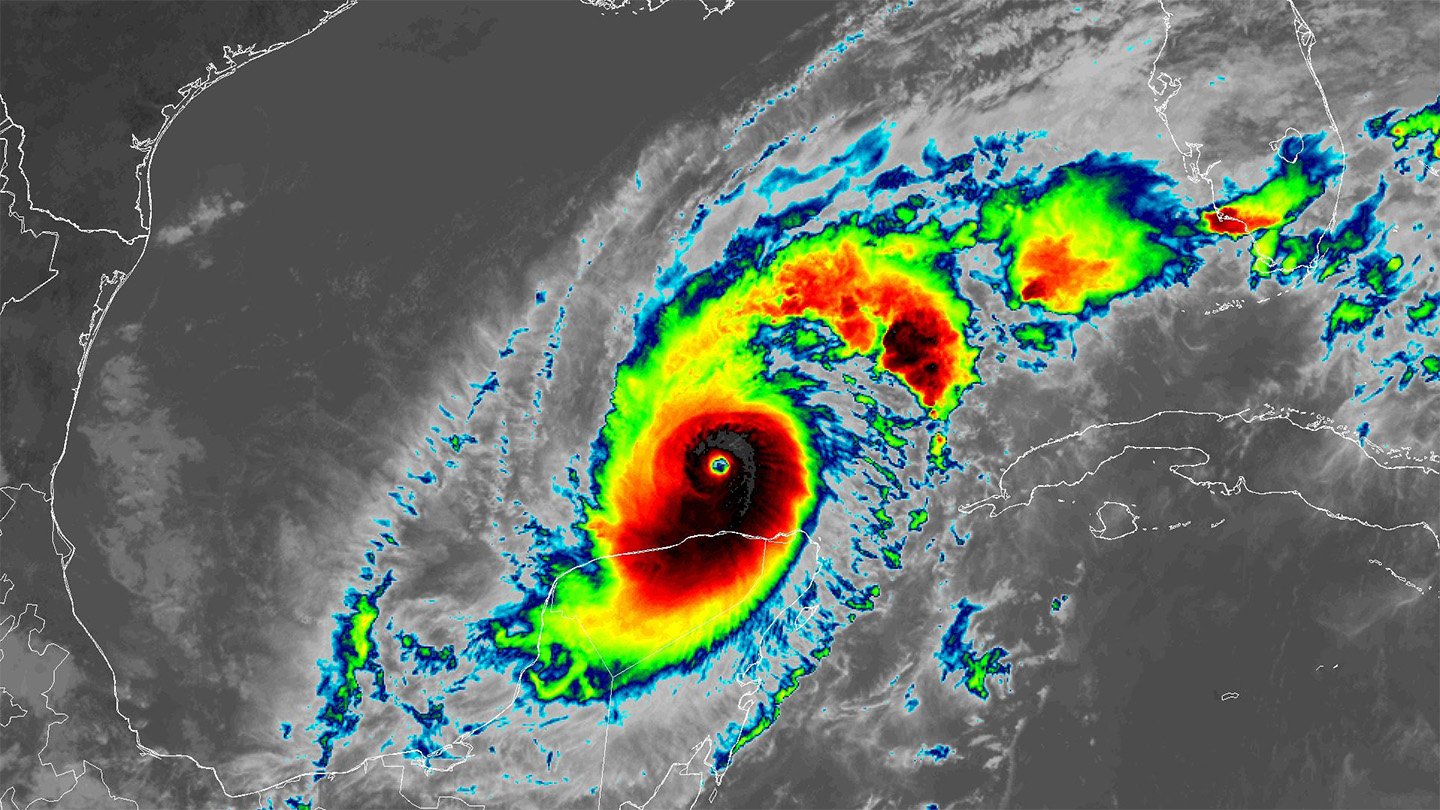
Extreme Climate Survey
Science News is collecting reader questions about how to navigate our planet’s changing climate.
What do you want to know about extreme heat and how it can lead to extreme weather events?
The rapid intensifications of both storms were fueled by the Gulf’s extremely warm water. Developing tropical storms can suck up heat from warm seawater, dragging the humid air upward where it condenses, releasing that heat into the storm’s core. As the storm moves forward, it pumps more and more water and heat into the air, and the spiraling winds will move faster and faster. Milton’s particularly explosive rate of growth may also be linked to its relatively compact size, compared with Helene (SN: 9/27/24).
Two separate reports published this week find that those warm Gulf waters were made hundreds of times more likely by human-caused climate change.
An analysis by the international World Weather Attribution, or WWA, initiative, released October 9, analyzed the role of climate change in contributing to Hurricane Helene’s intensification and its torrential rainfall, including as it moved inland across the Southern Appalachian Mountains.
Gulf of Mexico sea surface temperatures in the path of the storm were, on average, about 1.26 degrees Celsius (2.3 degrees Fahrenheit) warmer than they would have been in a world without climate change, the WWA researchers found. Or, to put it another way, the anomalously high temperatures along Helene’s path from development to landfall were made 200 to 500 times more likely due to climate change.
Helene dumped as much as 50 to 75 centimeters of rain in some parts of Appalachia (20 to 30 inches), which led to flooding and hundreds of deaths across the U.S. Southeast. That rainfall, the researchers determined, was about 10 percent heavier than it would have been without human-caused climate change.
Climate Central, based in Princeton, N.J., contributed to the WWA’s sea surface temperature analysis for Helene. And, in a separate alert released October 7, Climate Central reported that elevated sea surface temperatures in the southwestern Gulf of Mexico were also behind the “explosive” increase in intensity of Hurricane Milton. The analysis found that the sea surface temperatures in the Gulf were made 400 to 800 times more likely over the past two weeks due to human-caused climate change.
That may be an underestimate, the group notes. Normally, Climate Central uses daily sea surface temperatures collected by the U.S. National Centers for Environmental Information. However, Hurricane Helene’s impact has temporarily knocked out the NCEI data repository, based in Asheville, N.C.
So, to do the Milton analysis, Climate Central used sea surface temperature data obtained from the European Union’s Copernicus Marine Service. And those data tend to run slightly colder, on average, than the NCEI data, says Orlando, Fla.–based climate scientist Daniel Gilford, of Climate Central.
“One of the important messages [from both reports] is that climate change is here, happening, right now,” Gilford says. “It influenced both of these storms. We know it’s to blame for these events getting to the extent that they did. And that is something dramatic. We should sit up and take notice.”
Source link













Leave a Reply